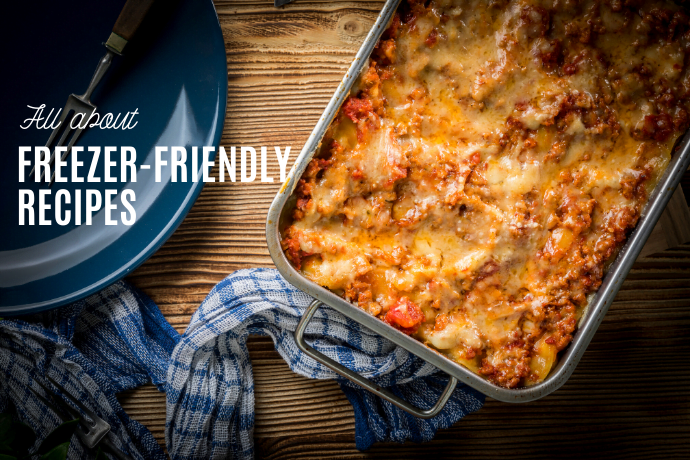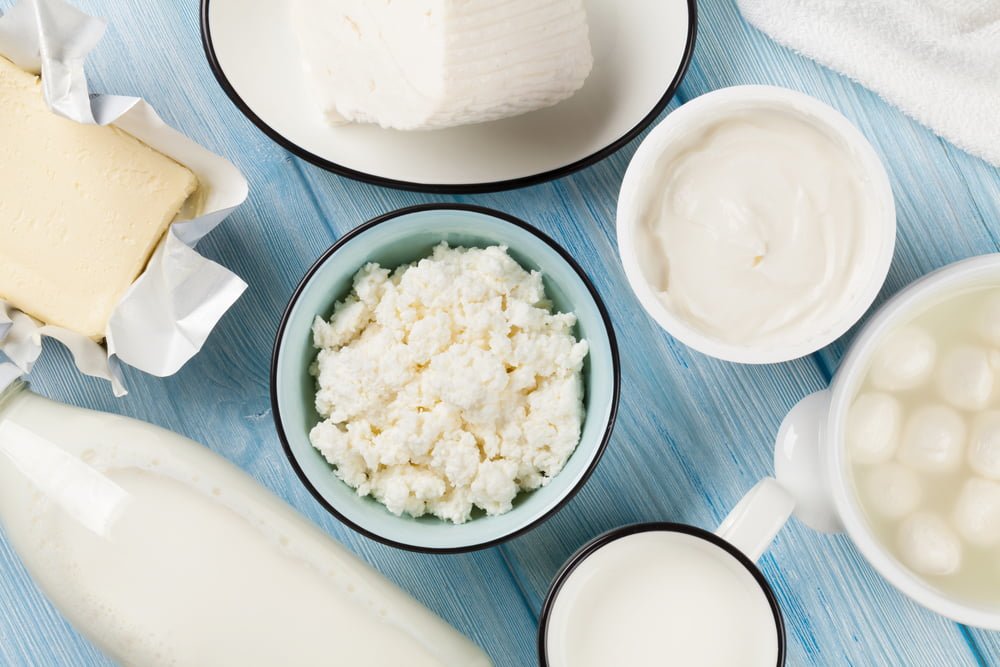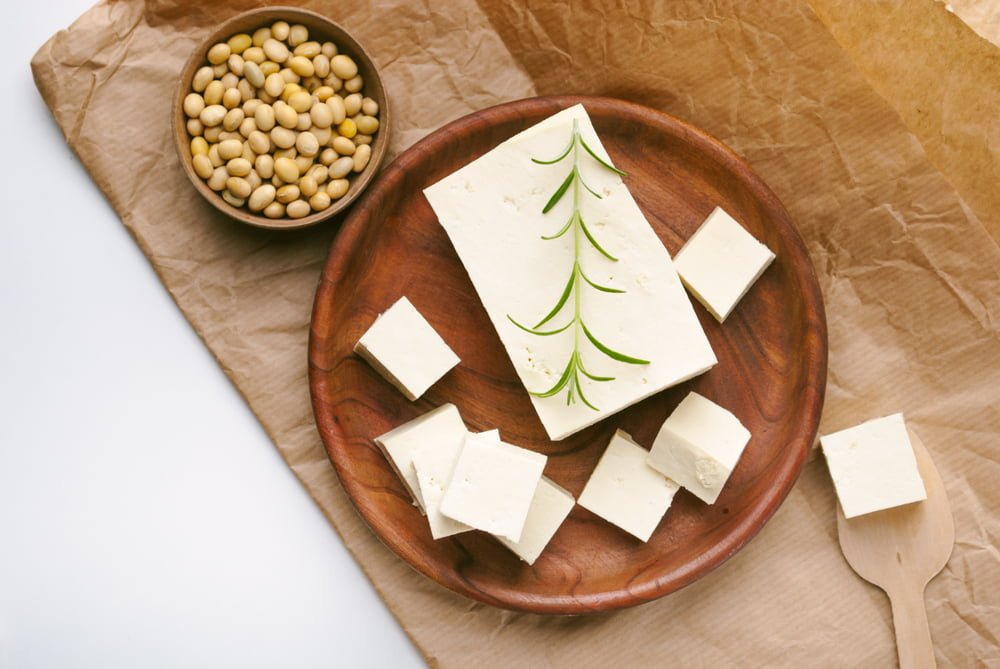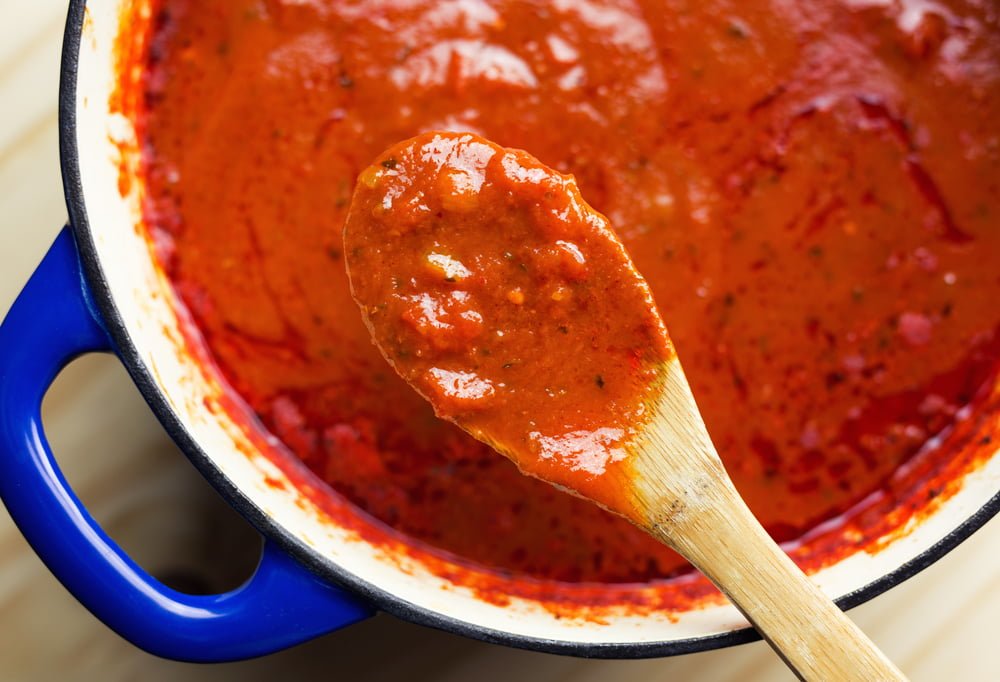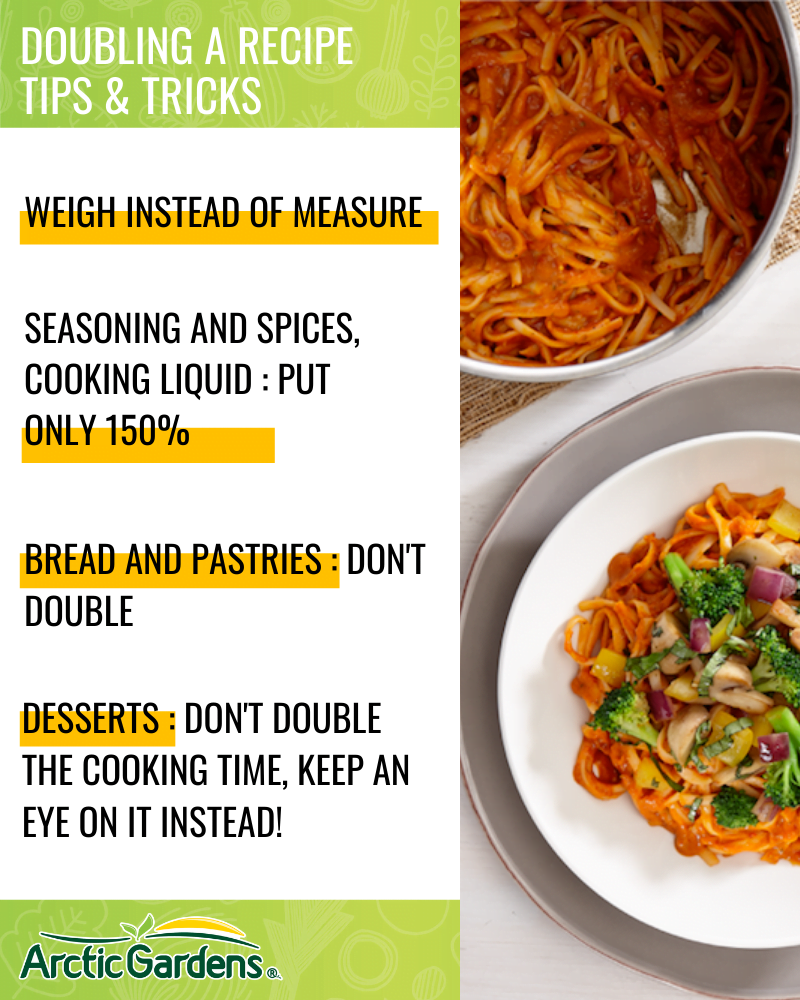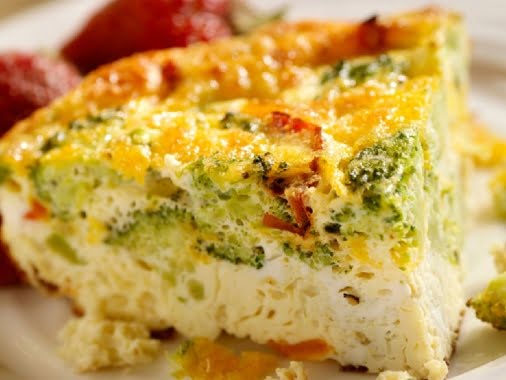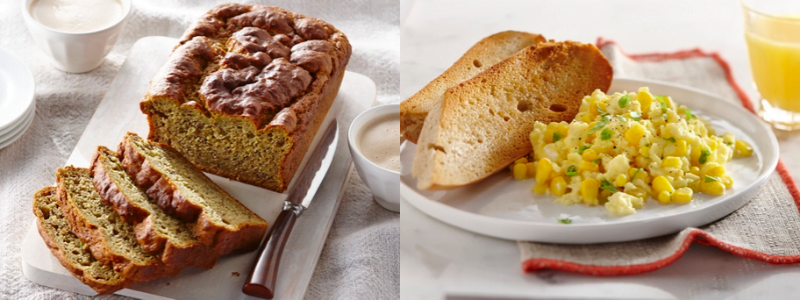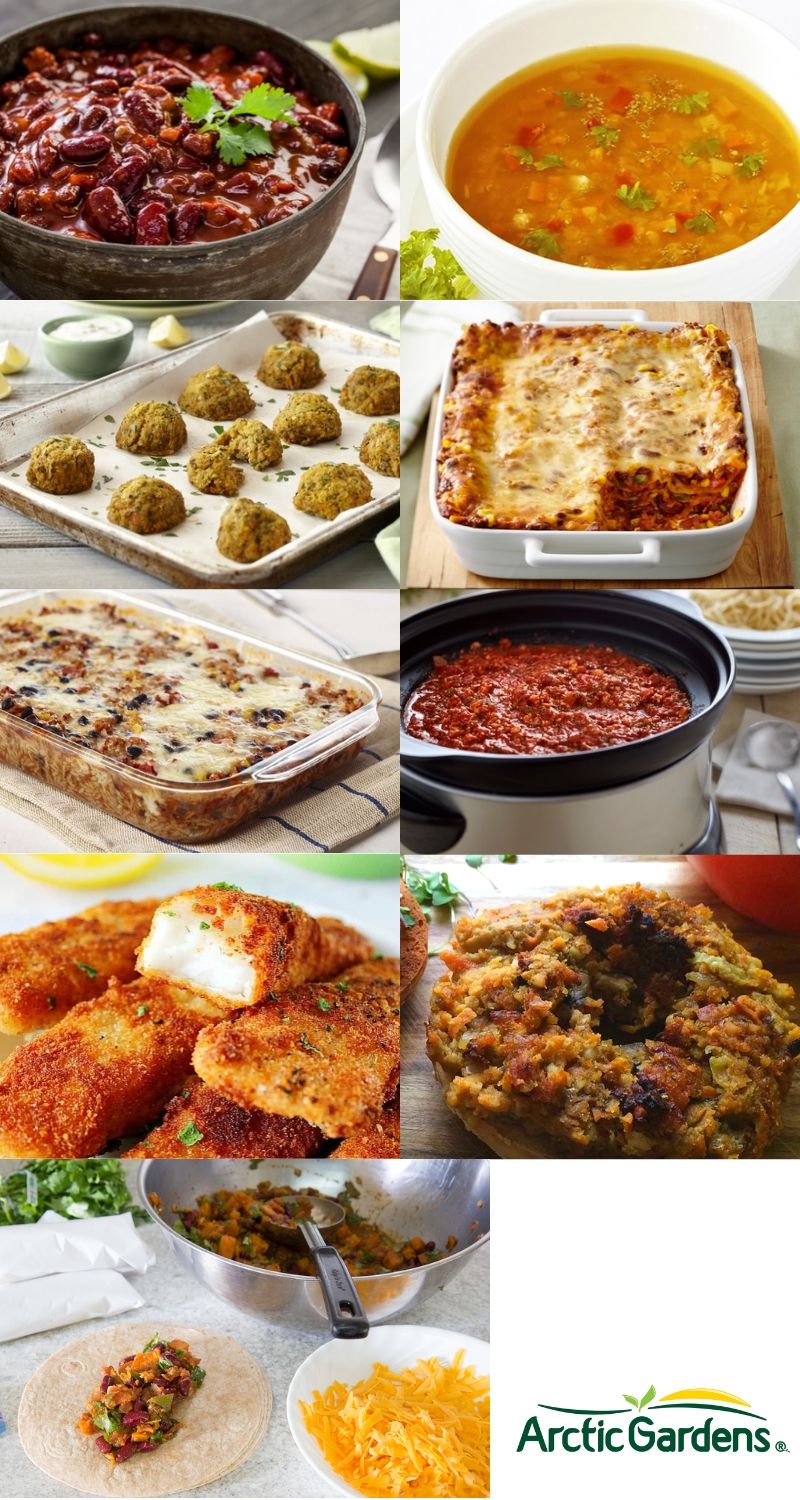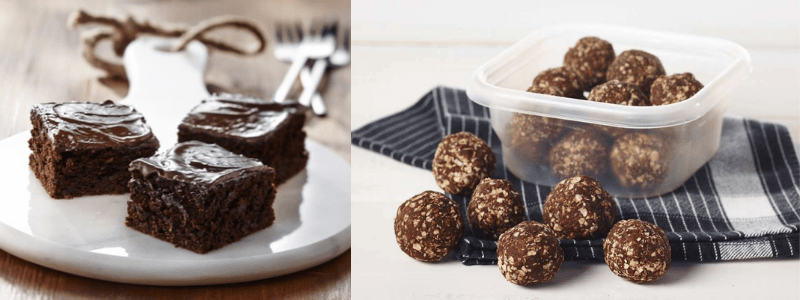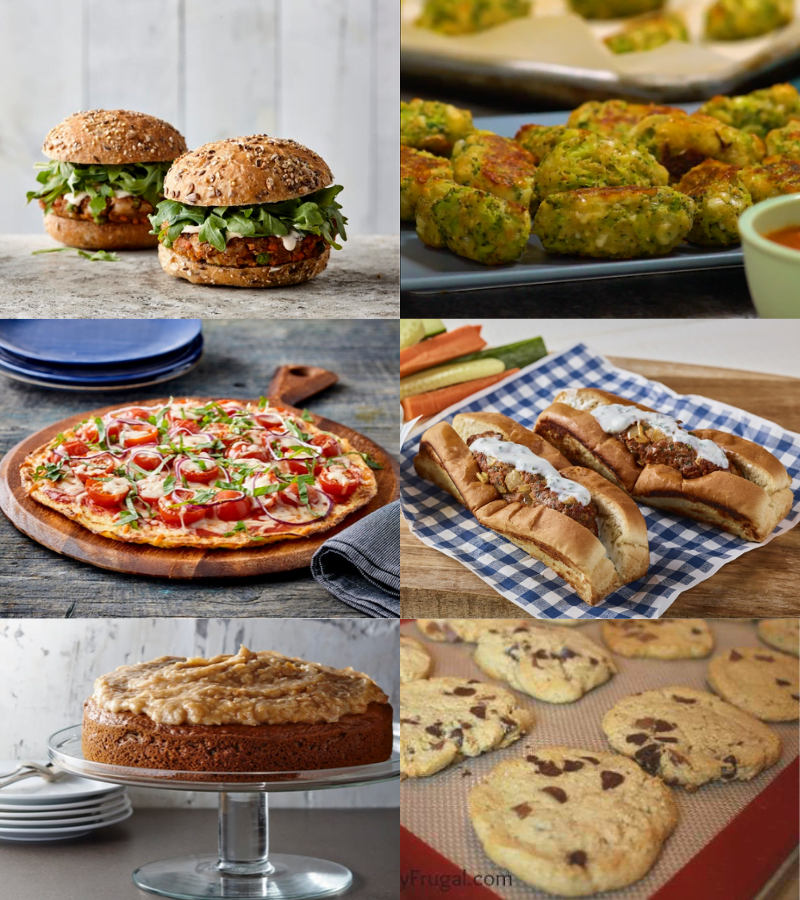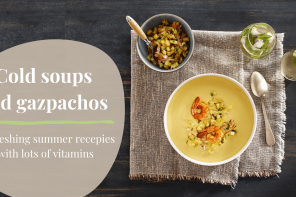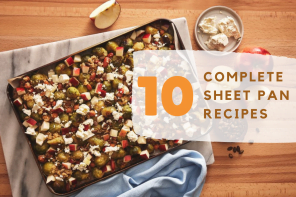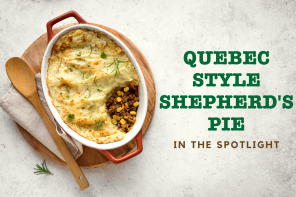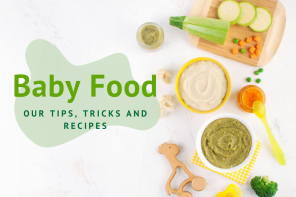All about freezer-friendly recipes
Why make freezer-friendly recipes?
Freezing food : what you need to know
Easy to freeze ingredients
Tips for freezing
Avoid freezing these ingredients
Food you can freeze under certain conditions
How to double a recipe
Example of a double recipe
And what about making 3 or 4 times as much
Healthy recipes ideas for freezing
How do you defrost food
Recipes when hosting large groups
Why make freezer-friendly recipes?
In the kitchen, the freezer can be your friend. When exams and bills pile up at the end of the semester, or when you have to drive your kids to a million activities, you don’t always have time to get busy in the kitchen every night. Whether you’re an overloaded student or a busy parent, preparing freezer-friendly meals can help you not have to cook every day. Along with doubling recipes, you can use up leftovers or have people over last minute hassle-free.
Freezing food: what you need to know
Not all food is equal when it comes to freezing. Some food is better for freezing because they’re less likely to lose their flavour and texture.
Easy-to-freeze ingredients
Raw food
When it comes to raw food, meat, poultry and fish, bread, milk and nuts can all be frozen no problem. But it’s also important to know what the maximum freezing times are so products retain their taste and quality.
Surprisingly, eggs can be frozen in all forms, except when they’re fresh and whole because cold temperatures can cause the shell to crack. It’s handy to have scrambled eggs, egg whites or hard-boiled eggs around because they can easily be added to a salad as a source of protein.
Cooked dishes
Prepared meals do really well in the freezer. A good homemade spaghetti sauce, chicken pot pie, chili and even pancakes are all dishes that can be kept for a few months and can get you out of a jam when you’re lacking inspiration or motivation for your lunches.
Amazingly, one of the best weekday meals for the freezer is sandwiches. Although it may seem counterintuitive, they’re easy to freeze, then put in the kids’ lunch boxes every day. Avoid certain ingredients like lettuce, but preparations with tuna, chicken or ham can make everyone happy while saving you time.
Desserts
Desserts are usually easy to freeze which can be a lifesaver during the holidays. It’s great to be able to make your sweets in advance, then take them out to defrost so you don’t have to do everything the last minute the day you host.
For cookies, cakes and pies, generally the secret is to let them cool completely before wrapping them tightly and putting them in the freezer. Most desserts will keep 1 to 3 months and can also be stored in single-serve portions. Just remember these few tricks.
| Food | Freezing time |
| Butter | 3 months (unsalted) 1 months (salted) |
| Lemons and limes | 6 months |
| Hard cheeses | 4 months |
| Fresh herbs | 6 months |
| Milk and cream | 3 weeks |
| Margarine | 6 months |
| Nuts | 1 to 2 years |
| Raw eggs (yolks and whites separated) | 6 months |
| Crusty bread | 2 weeks |
| Sliced bread | 4 months |
| Raw cookie dough | 1 month |
| Tomato paste | 3 months |
| Tofu | 1 to 2 years |
| Chili | 4 months |
| Pancakes | 2 months |
| Desserts (cookies, muffins, pies, cakes) | 3 to 6 months |
| Cooked chicken pot pies or meat pies | 3 months |
| Pasta with meat sauce | 2 months |
| Spaghetti meat sauce | 6 months |
| Soups | 3 months |
Tips for freezing
- It’s best to keep your freezer temperature at least -18 °C. If it’s higher, food will lose taste and quality faster.
- Cooked meat has a tendency to dry more quickly than fresh, so it’s better to freeze it in a stock or sauce.
- To avoid food waste: keep stock of what’s in your freezer when you have a large family. Know how long food has been in the freezer to ensure that the oldest ones are eaten first. Start with eating the dishes that have been in the freezer longer.
- To avoid wasting energy: keep your freezer full to reduce energy consumption and costs.
Avoid freezing these ingredients
Certain veggies
Unfortunately, some of your favourite products lose their tasty in the freezer. This is the case for crunchy veggies with a high water content, like lettuce, cucumber and celery. However, technology can help some vegetables, like Arctic Gardens mushrooms, peppers and onions because it preserves their characteristics. That’s how they stay delicious and crunchy even though they’re in the freezer. Here are 3 we think are great for everyday use:
Mayo
Avoid because its texture can become grainy once thawed.
Some dairy products
This is true for milk, yoghurt and cream. Once you take them out of the freezer, their texture will be almost curdled.
Food you can freeze under certain conditions
Some foods are more temperamental and require special attention for successful freezing. They are:
Tofu
But you can get around some of the poor results by knowing how to freeze it properly. One of the best examples is tofu. Firm, pressed tofu can go yellow and grainy in the freezer while silken tofu just can’t take excessive cold.
On the other hand, freezing tofu before cooking is an excellent idea. Thawed tofu is spongier and absorbs marinades quickly. Also, its texture is sort of like chicken, making it a better substitute in recipes like General Tao Tofu. Just thaw it in warm water and press it through a sieve to remove excess water and you’re good to go.
You can then freeze any recipe with tofu with any cooked dish.
Coconut milk
Another favourite for vegetarians and Thai food lovers. Sometimes when you make a good curry, there’s leftover coconut milk that you don’t necessarily want to use right away.
When you freeze coconut milk, the coconut water separates from the fat. The cream will rise to the top of the water and you’ll have to stir it well when you take it out of the freezer.
The great thing about coconut milk is that it retains its taste even after freezing, but its texture will change and become a little grainy. So it’s best to use it in dishes where the texture is not too important, like smoothies. Most importantly, coconut milk takes a long time to thaw, so plan accordingly.
Cheese
Cheese, on the other hand, is a bit of a freezer conundrum. Some say it’s better not to freeze fresh cheese, like cottage and ricotta, Brie or Camembert. However, you can get away with soft cheeses that need to ripen because freezing halts the ripening process. In all cases, each cheese should be packed and sealed separately in its own airtight bag. Learn more about freezing cheeses.
How to double a recipe
The freezer is the best safety net when cooking large meals. You can freeze large batches so that the inevitable leftovers after a family dinner don’t spoil.
Rules for doubling recipes
Most recipes are for 4 people. So what do you do when the whole family comes over? You can transform your favourite dishes into meals for 20 people by following a few simple rules for doubling a recipe.
For instance, when you double quantities, it’s better to do it by weight as opposed to volume. You’ll get the measurements right and create a recipe that tastes like the original. For seasonings and cooking liquid, add 150% of the required amounts, which will allow you to adjust the taste afterwards without spoiling the recipe.
Example of a doubled recipe
Here’s a good example of a recipe that can be made in large quantities for a delicious family brunch:
Broccoli and sun-dried tomato frittata
| Original ingredients | Doubled recipe |
| 1 bag (500 g) Arctic Gardens broccoli florets | 2 bags (1 kg) Arctic Gardens broccoli florets |
| 10 eggs | 20 eggs |
| ⅔ c (150 ml) milk | 1 ¼ c (300 ml) milk |
| 1 tsp (5 ml) basil | 1 1/2 tsp (7.5 ml) basil |
| Salt and pepper, to taste | Salt and pepper, to taste |
| 2 tbsp (30 ml) sun-dried tomatoes in oil, chopped | 4 tbsp (60 ml) sun-dried tomatoes in oil, chopped |
| 2 tbsp (30 ml) olive oil | 2 tbsp (30 ml) olive oil |
| 1 small onion, finely chopped | 2 small onions, finely chopped |
| ¾ c (175 ml) Swiss cheese, grated | ¾ c (175 ml) Swiss cheese, grated |
You don’t have to double the cheese because it’ll be used as a gratin on top of the frittata. But then again, there’s no such thing as too much cheese, is there!
And what about making 3 or 4 times as much?
So what do you do if you want to triple or quadruple a recipe? When you’re about to triple or quadruple a recipe to make a quick and easy meal for 20 people, there are a few things to consider. First, is the basic recipe a good one? It’s best to try it first, then make adjustments before multiplying it.
Then, make sure that the recipe turned out the way you want and that the proposed yield makes sense. Sometimes a recipe that’s supposed to feed 4 people is only enough for 2 or 3.
Once you’ve done all the doublechecking, you’re ready to prepare your recipe in large quantities. In general, they say don’t multiply a recipe more than 4 times and limit yourself to 25 servings. This reduces the risk of ending up with a gianormous batch of spaghetti sauce that just didn’t turn out.
The 150% rule doesn’t apply when you quadruple a recipe. Instead, ingredients should be multiplied by 4, except for seasonings – again – which should be multiplied by 3.
Healthy recipes ideas for freezing
Weekday meals
In the mood to make the entire week’s lunches on a Sunday? Now that you know how to double a recipe, it’s easy to figure out the right portions so everyone has enough to eat.
Here are a few healthy recipes that the whole family will enjoy.
Breakfast
Main meal
- Chili with 2 legumes
- Slow cooker vegetable soup
- Veggie falafels
- Chili lasagna
- Mexican casserole
- Slow cooker vegetarian spaghetti sauce
- Freezer-friendly fish sticks
- Veggie pâté
- Freezer-friendly veggie burritos
Desserts
How do you defrost food?
Once it’s time to defrost, there are a few things to keep in mind that will make the process easier and safer.
In the fridge
The safest way to thaw food is in the refrigerator. It’s ideal for meats and fish because thawing a frozen dish slowly will preserve its flavour.
In the microwave
Obviously, the faster way to defrost. As you’ve probably experienced, microwaving spaghetti sauce, for example, results in very uneven defrosting. It burns on the sides while the middle stays frozen. That’s why this method is better for small portions.
Cold water
Finally, defrosting in cold water is faster than defrosting in the fridge, but you have to take certain precautions. To avoid bacterial growth, it’s imperative to immerse dishes that are in airtight containers in cold water and to change the water every 30 minutes.
In any case, defrosting at room temperature promotes bacterial growth, so avoid that and make sure you consume dishes immediately after defrosting. Whatever you do, don’t refreeze!
Recipes when hosting large groups
Although the idea of entertaining with a frozen dish isn’t the most glamorous, there are recipes that can be prepared in advance for large families.
Here are some easy-to-freeze meal ideas and even a recipe for a frozen cake for the next time the fam invites themselves over!
- Cauliflower burger with spicy mayo
- Broccoli croquettes
- Tomato basil pizza with cauliflower crust
- Kofta hot dog
- Queen Elizabeth vegetable cake
- Freezer-friendly shortbread cookies
The freezer is your best friend, so have fun planning your meals. Bon appétit!

